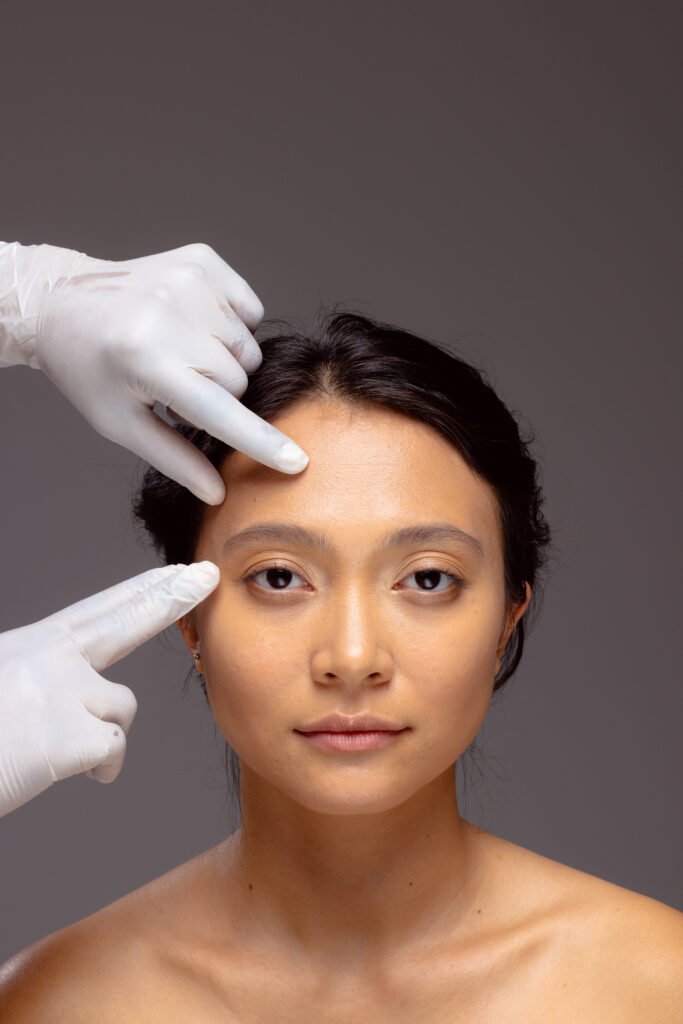Melasma is a common skin condition characterized by dark, uneven pigmentation, usually appearing on the face. It is more frequent in women and is influenced by sun exposure, hormones, genetics, and certain cosmetics or medications. While modern treatments like chemical peels, lasers, and creams can offer temporary relief, they often come with high costs and potential side effects.
Ayurveda, with its holistic and natural approach, provides a sustainable and side-effect-free alternative for managing such conditions.
The Ayurvedic Perspective on Melasma

In Ayurveda, melasma is correlated with Vyanga, a Kshudra Roga (minor disorder) mentioned by Acharya Sushruta. It occurs when Vata and Pitta doshas become imbalanced, leading to Shyava Varna—a dark discoloration on the facial skin.
According to Ayurvedic philosophy, restoring skin health requires addressing the root cause by purifying the body (Shodhana Chikitsa) and then nourishing it (Shamana Chikitsa).
Key Panchakarma Steps
1. Deepana–Pachana: Activated digestion with Nagarmotha Choorna to prepare the body for detox.
2. Snehapana: Ghee intake for five days to lubricate and mobilize toxins.
3. Abhyanga & Swedana: Herbal oil massage and steam therapy to open body channels.
4. Vamana Karma: Therapeutic emesis using herbs like Madanphala, Vacha, Pippali, and Yashtimadhu for cleansing.
5. Samsarjana Krama: Light-to-normal diet plan (Peya to Anna) to restore digestive strength (Agni).
Melasma may be a stubborn and recurring condition, but Ayurveda offers a natural, holistic, and sustainable path to healing. Panchakarma, particularly Vamana Karma, works by balancing doshas, purifying the body, and rejuvenating the skin from within achieving results that go beyond the surface.
If you struggle with persistent pigmentation or skin dullness, consult a qualified Ayurvedic practitioner to design a customized Panchakarma plan suitable for your body type and constitution (Prakriti).
Verma, P., Latika, Prasanth, D., & Bhatted, S. K. (2020). Management of melasma through Panchakarma: A case study. Journal of Ayurvedic and Herbal Medicine, 6(3), 135–138.



